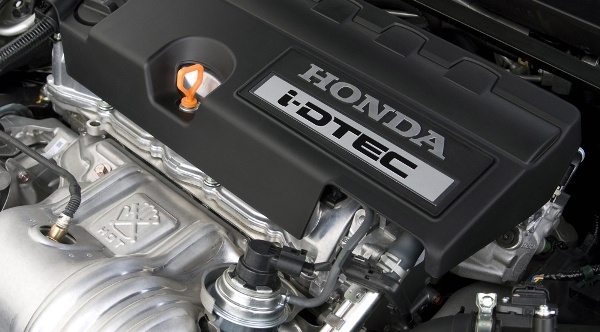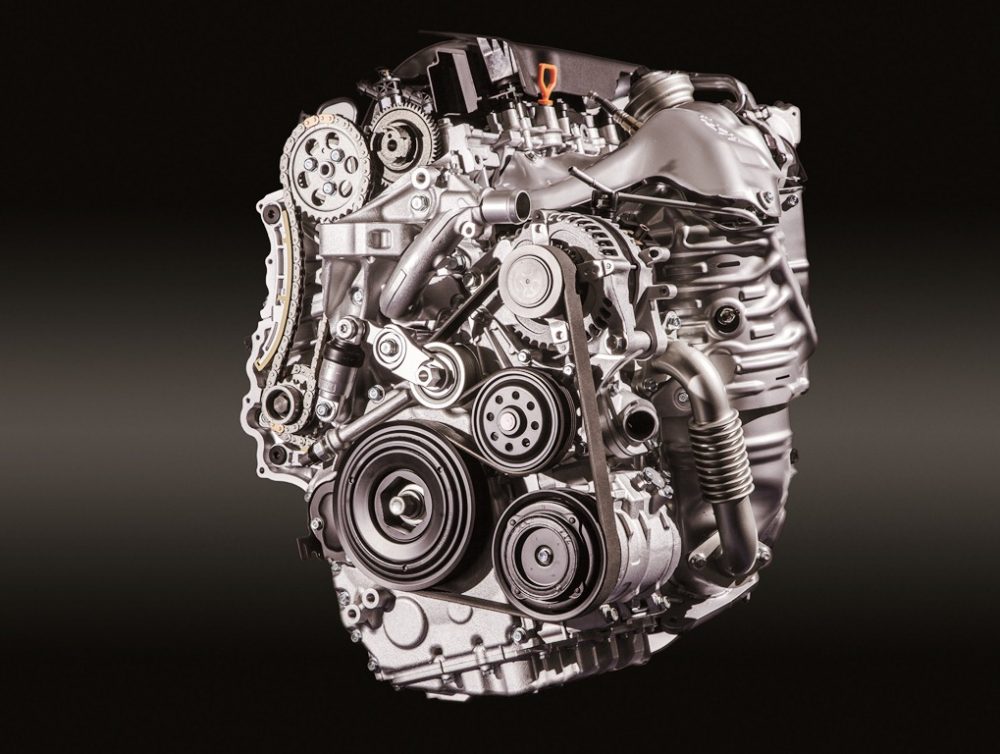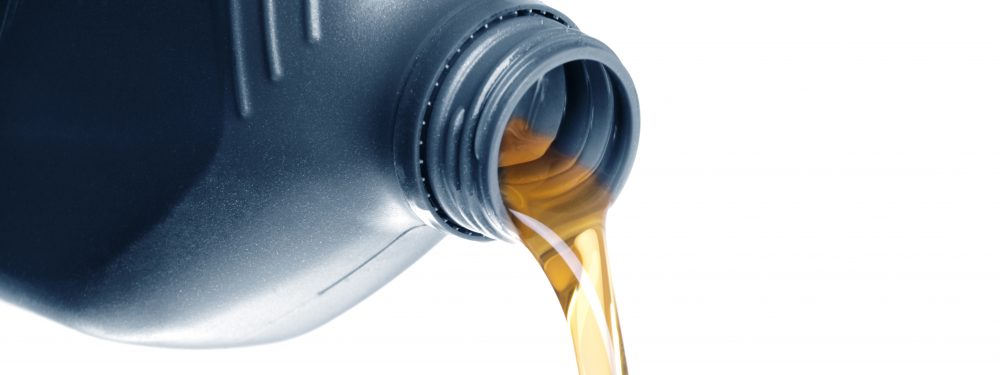Diesel owing to its own advantage of a better fuel economy and the cheaper price has constantly grown in terms of both demands as well as simplicity. And talking about engines, Honda is a name that strikes a chord every time.
As a company that has always listened to consumer demand, Honda decided to develop a diesel engine that was lighter, more efficient and refined. As a result, Honda’s world-class innovation branch; The Earth Dreams Technology did something that no other manufacturer ever tried. The result was Honda’s revolutionary 1.6-litre i-DTEC engine that made its way into India as the 1.5-litre i-DTEC engine back in 2013.

The history of i-DTEC
For a brand that leads in engine innovation, staying away from diesel wasn’t feasible for long. And thanks to the rising price of petrol worldwide, Honda took upon itself the task of developing an innovative diesel engine.
This vision was crystallized as Honda’s Earth Dreams Technology. Incepted in 2011, the EDT was a set of technical enhancements that were envisioned to enhance vehicle performance through increasing its HP, torque, and fuel efficiency. Through this technology, Honda aimed to build :
- a light-weight diesel engine
- continuously variable transmission (CVT)
- a two-motor hybrid system and
- an electric powertrain for EV.
The list of goals was long, but with commitment and diligence, the company achieved its first milestone in 2013. After years of hard work, Honda launched its first 1.6-litre i-DTEC Earth Dreams Engine, which later made its way to India as the 1.5 litres i-DTEC unit on the Honda Amaze 2013.
The Intelligence behind i-DTEC burners
As the country’s one of the most fuel-efficient engines, Honda’s I-DTEC engines have completely redefined the way the world used to look at diesel burners. With Honda’s innovation and Earth Dream Technology, the company has achieved what others could never, a diesel engine that is not only powerful but also efficient.
As an example of innovation, i-DTEC engines have managed to set an example owing to its various advantages including:
-
Lower Power Loss and Mechanical Friction
- Another thing that makes Honda’s I-DTEC units a class apart is its reduced mechanical friction and power loss.
- Honda claims that it has reduced the mechanical friction of i-DTEC engines by using a shorter and thinner piston skirt, which, according to Honda has around 40 per cent less mechanical friction at 1500rpm when compared to conventional diesel engine. This gives i-DTEC units their fuel efficiency and smoothness.
- The overall reduction in mechanical friction is to such an extent that Honda claims the diesel unit to be on par with petrol engines of similar displacement on this parameter. Owing to this combined weight reduction, Honda claims a better acceleration in addition to higher fuel-efficiency.

2. Lightweight Functioning
- Since diesel engines produce a higher compression ratio and power generation, they are usually bulkier than petrol engines.
- But with Honda’s I-DTEC technology, diesel engines were given a new avatar, as the I-DTEC engines are the lightest diesel engine in their class. This, according to Honda was achieved by having all the individual components of the engine redesigned.
- The weight and size of these components were minimalized along with a reduction in the thickness. I-DTEC units made by Honda have been equipped with high strength nitride crankshaft that deliverers higher strength while lowering weight.
- Another aspect of i-DTECs is its all-aluminium construction used for both the cylinder head as well as the open deck block both of which are designed to be lightweight and compact. The engine also utilizes lighter pistons as well as connecting rods to keep the weight as low as possible.
3. Innovative airflow and injection systems
- Thanks to the Bosch solenoid injection system, i-DTEC engines are equipped to operate at a pressure of 1600 bar.
- This means that the fuel is injected at a faster rate, along with finer atomization of the fuel spray. As a result, the fuel mixes more efficiently with the air, leading to a cleaner and more efficient mixture.
- The engine for India also uses three injections for stroke, one pre and one post. All of this adds to an engine that makes 100 PS of power and mileage up to 25.8 kmpl, which is one of the highest in its segment.

-
Low Viscosity Engine Oil and Cooling Technology
- Unlike other diesel engines, the cooling system in I-DTEC units has also been modified to offer better cooling despite a smaller size.
- To complement the engine’s impeccable engineering, Honda has developed ultra-low viscosity engine oil. This specially developed oil is claimed to enhance fuel-efficiency and improve engine reliability.
- The cooling circulation route is also redesigned to reduce water requirement, making running conditions smooth and efficient. Thus, with a culmination of innovation, design and performance, Honda’s has given the country the most powerful yet fuel-efficient diesel unit ever.

The Bottom Line
As one of India’s top 5 car manufacturers, Honda has surely left a lasting impression on the Indian automobile industry. And the credit for delivering such all-round performance surely goes to the heart of Diesel-powered Hondas; the i-DTEC engines. So the next time you witness a Honda’s kickass performance, you know where it comes from!
Also Read: Honda Cars India – The Past, Present And Future
Also Read: The Pleasure of Silence: All About Vehicle Dampening







Can this engine be also used to operate heavy duty HTP sprayers for farm use and if so what is the cost in Indian rupees?
Hi there
These engines are specifically made to power cars. I don’t think you will be able to get it from the outside market. However, you can look at the power figures and judge which one suits you the best depending upon the HTP load you need to operate!